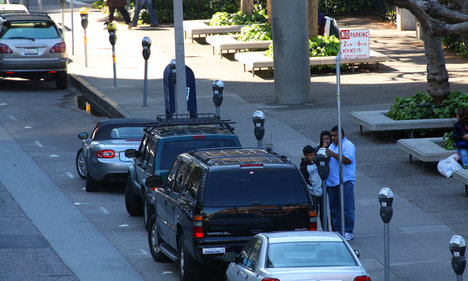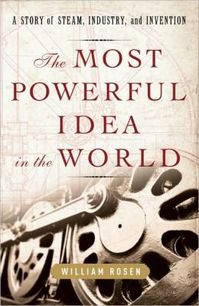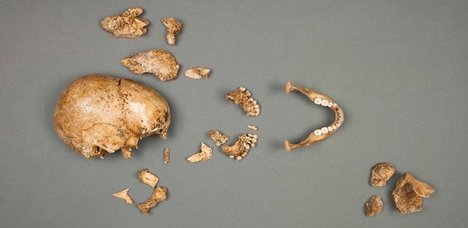(p. 181) When a consultant tells teachers to concentrate on the bubble kids and ignore the kids who are most in need of help, something has gone wrong. And if gold stars turn reading from an adventure into a job, something has gone wrong. But what? The typical response to examples like these is not to blame incentives but to blame “dumb” incentives. The presumption is that “smart” incentives, or at least “smarter” incentives, will do the job.
This is a mistake. In many situations, for many activities, no incentives are smart enough. Teachers like Deborah Ball and Mrs. Dewey spend their day figuring out how much time to spend with each student and how to tailor what they teach to each student’s particular strengths and weaknesses. They are continually balancing conflicting aims– to treat all students equally, to give the struggling students more time, to energize and inspire the gifted students. Along comes the incentive to bring up the school’s test scores, and all the nuance and subtlety of Mrs. Dewey’s moment-by-moment decisions go out the window. And what “smarter” incentive is going to replace judgment in making sensitive choices in a complex and changing context like a classroom?
Or what, exactly, would you incentivize to encourage hospital custodian Luke to seek the kind and empathetic response to the distraught father who wanted his son’s room cleaned? Incentives are always based on meeting some specific, measurable criterion: read more books; raise more test scores; wash more floors. Left to his own devices, Luke asks himself, “What can I do to be caring?” and because he has moral skill, he comes up with a good answer. With “caring” incentivized, Luke (p. 182) might ask, “What do I have to do to get a raise or a bonus?” “Reclean the room” might be a right answer. “Look sympathetic” might be a right answer. “Be caring” surely is not. Aristotle thought that good
people do the right thing because it is the right thing. Doing the right thing because it’s the right thing unleashes the nuance, flexibility, and improvisation that moral challenges demand and moral skill enables. Doing the right thing for pay shuts down the nuance and flexibility.
Source:
Schwartz, Barry, and Kenneth Sharpe. Practical Wisdom: The Right Way to Do the Right Thing. New York: Riverhead Books, 2010.
(Note: italics in original.)





